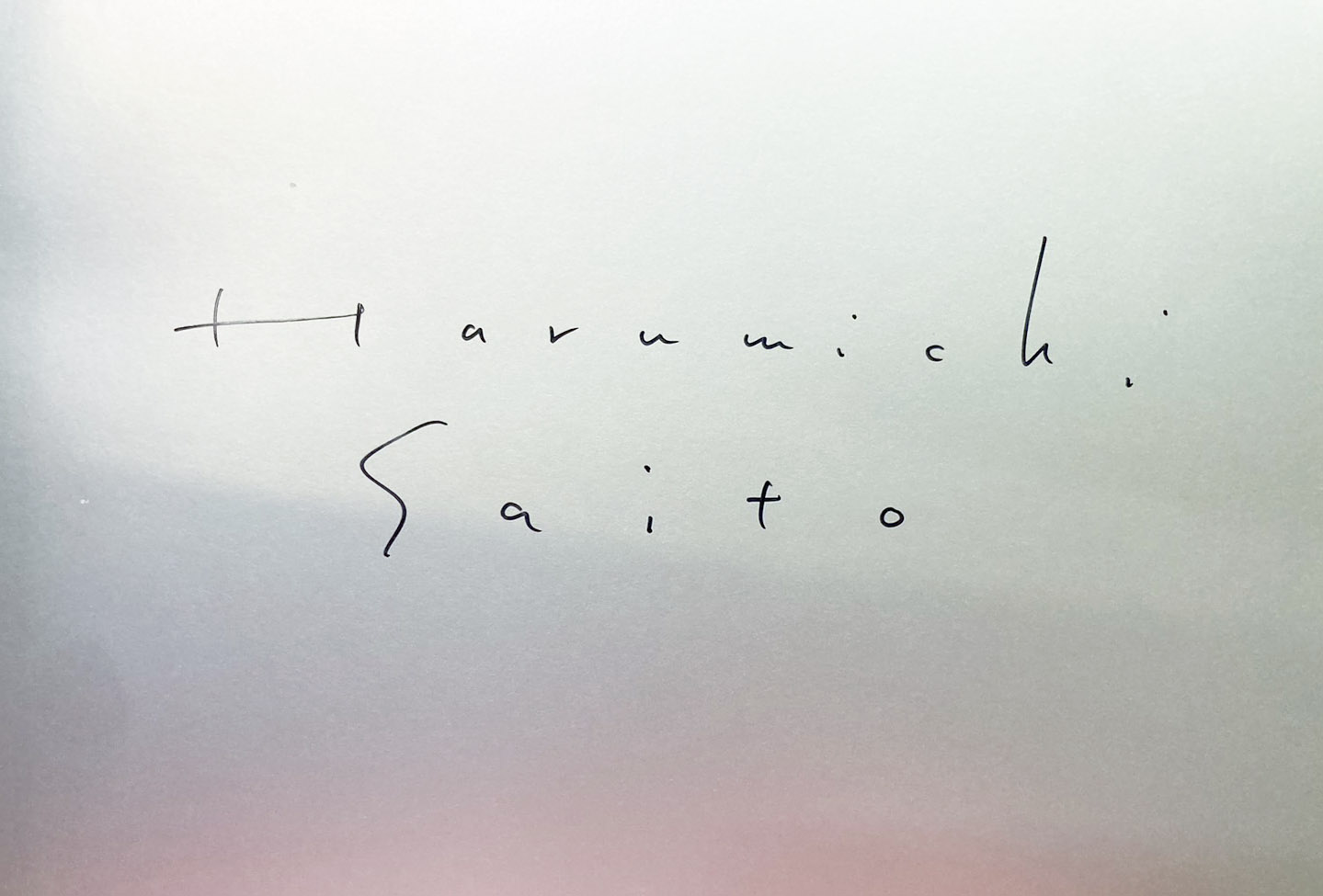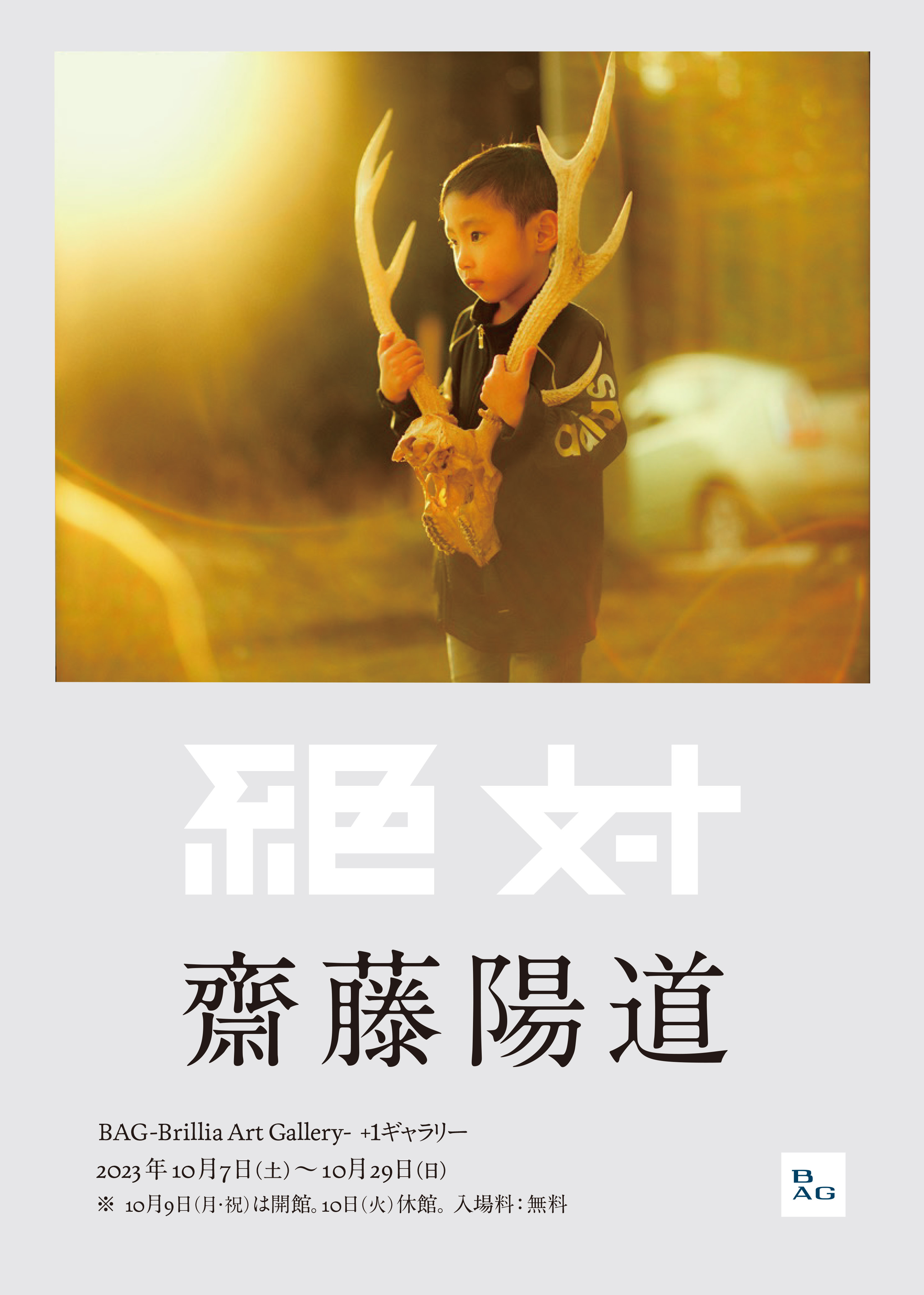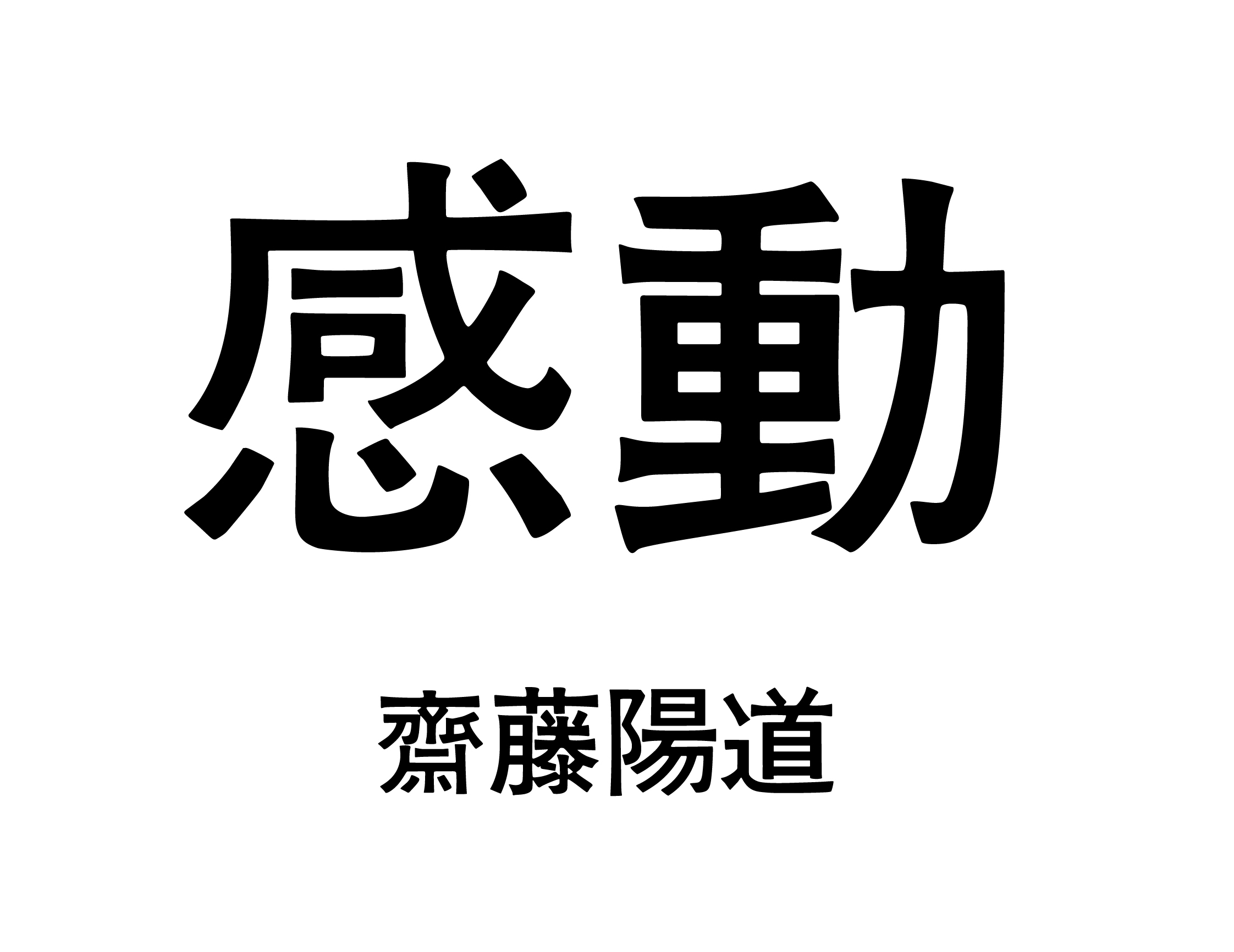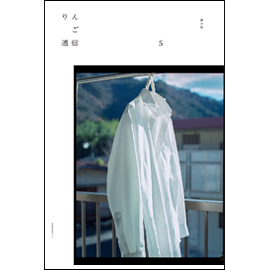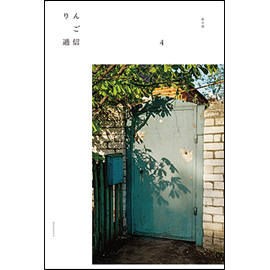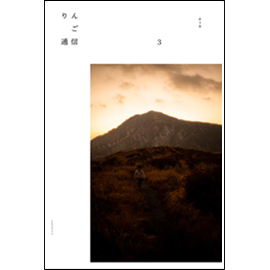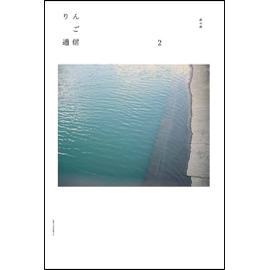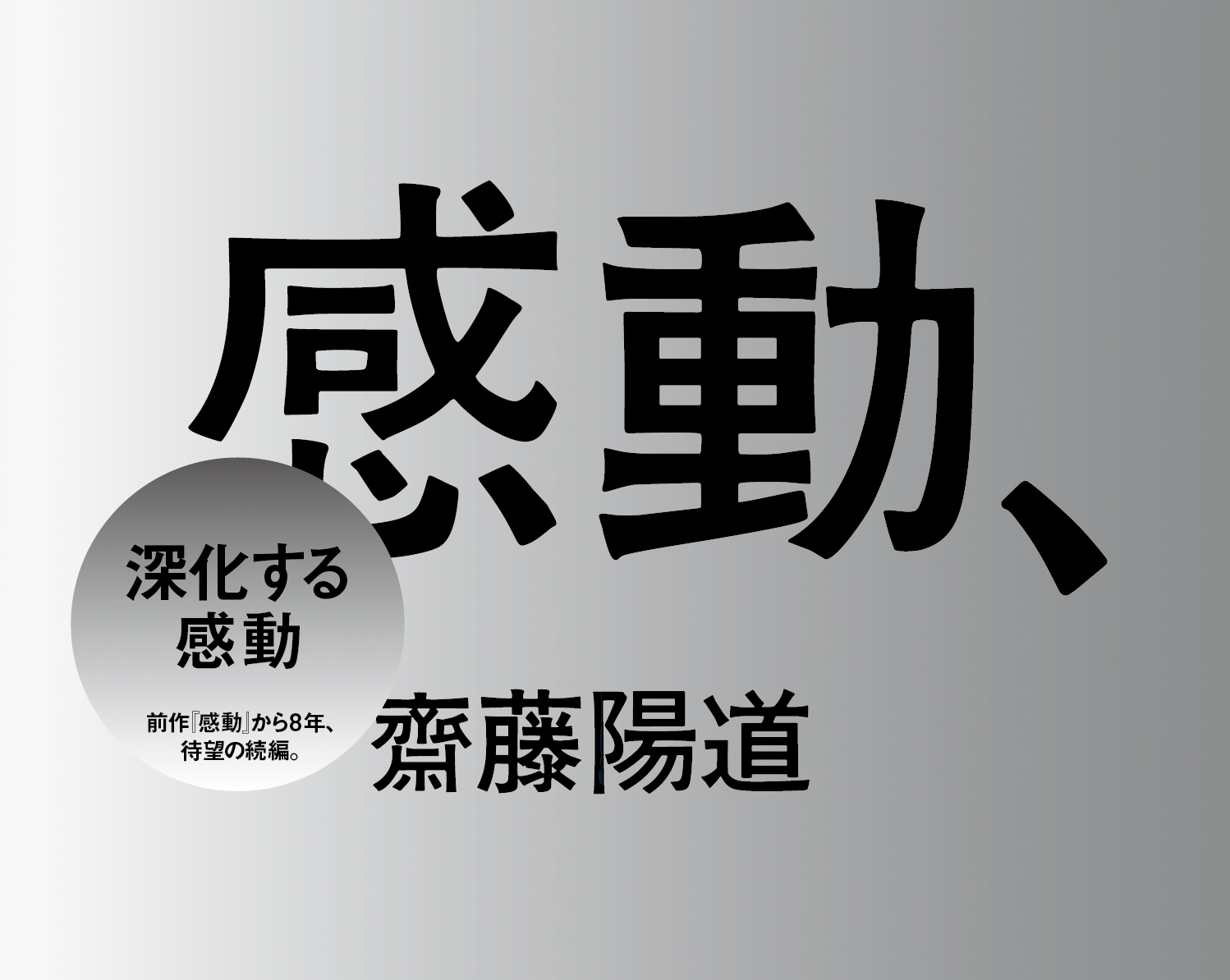
齋藤陽道『感動、』
Book Design:寄藤文平
発行:赤々舎
Size: H220mm × W285mm
Page:140 pages (121 images)
Binding:Hardcover
Published in December 2019
ISBN:978-4-86541-104-1
|
¥ 4,000+tax
国内送料無料!
お支払い方法は、PayPal、PayPay、Paidy
銀行振込、郵便振替、クレジットカード支払いよりお選び頂けます。
|
About Book
重版出来!前作『感動』からの歳月を経て、待望の続編となる一冊。 深化する感動
前作『感動』(2011年)の、待望の続編として2019年12月に刊行された齋藤陽道の写真集『感動、』がこのたび重版となりました!
「感動」とは何か── 言葉をあてがうことを避けた豊かな沈黙の中で、わからなさと真向かいながら、写真を撮りつづけてきた齋藤陽道の写真作品121点が本写真集には収録されています。
今、ここに生きて在る、その存在どうしが交差する瞬間。未知の存在と、世界と、自分。これらを貫いて、なお繋ぎなおすことができるもの。「感動」こそが、写真として、人としてのすべての起点であり、ないがしろにはできないものであることを直感してきたのです。
「逃れえないこの身体、この国、この時代。ここから動けない。それでも進んでいく。進んでいる。どこへ。内側の奥へ。底へ。底へ。外見上では何も変わらないようでいても、その裡では、生老病死に染まりながら、諦めても諦めきれず、それでもなんでかあの果てへと深化していくものがある。」
写真集『感動、』は、時間の中を呼吸しながら、深化の力を信じ、その現象を一冊として体現しています。
水滴が石を穿つように、ひとりずつの内側にある「深化するもの」。今はもういないものたちも存在する、その軽やかな重み。見え難い、それでもなお、何ひとつ終わっていない未来を望もうとする願いが、ささやかな「、」には込められています。
『感動、』が引き続き多くの方の手に受け継がれますよう、何卒よろしくお願い致します。
Kando、
Harumichi Saito
Harumichi Saito' s long-awaited sequel, eight years after the previous work "Kando".
His photos overflow with light and clarity, as he draws a dignity and radiance out of his subjects, which are not limited just to people: he also photographs animals and landscapes. As a photographer, Saito's distinguishing feature is the way he faces his subject directly, which allows the viewer to experience the pure beauty of his photographs. As a deaf photographer,His works express a living, breathing world beyond all classifications or boundaries.
"Kando," (Japanese for "deeply moving" ) collects moments from life both extraordinary and everyday,
taken with an appreciation for momentary beauty and the remarkable talent to let each single image breathe and tell its own little story. Saito photographs waterdrops on flower petals with as much devotion as he captures a newborn staring at glistening sunbeams.
The moment when the beings that live here are crossing each other. The unknown existence, the world, and myself. It is the masterpiece photobook "Kando、" which things that can penetrate them and be reconnected.
Special gifts for the first customers
重版を記念し、小社HPより重版分をご購入の先着100名さまに、サイン本をお届け致します。無くなり次第終了とさせて頂きます。
Signed copie will be given away as a Special gifts for the first customers.The offer will end while supplies last.
Related Exhibiton
齋藤陽道 個展「絶対」
会期:2023年10月7日(土)〜10月29日(日) 時間:11:00〜19:00 会場:BAG-Brillia Art Gallery-「+1」(東京都中央区京橋3-6-18 東京建物京橋ビル1F) 休館:月曜日 ※10月9日(月・祝)は開館、翌10日(火)休館 入場無料
【イベント】 ①10月7日(土)14:00〜作家在廊サイン会
②10月15日(日)13:00〜16:00 作家オンライン在廊
(会場PCのzoomを通じて、齋藤陽道さんとご交流頂けます。) ③10月29日(日)12:00〜19:00 最終日 作家在廊サイン会
|
|
|
齋藤陽道 出展「シダレミュージアム」
会期:2023年3月18日(土)〜2024年1月8日(月・祝) 時間:10:00〜21:00(20:30 受付終了) 会場:自然体感展望台 六甲枝垂れ (六甲ガーデンテラス内) 入場:大人(中学生以上) 1,000円 / 小人(4歳〜小学生)500円/※3歳以下のお子様は無料
※会期中無休、ただし、2024年1月1日は休業 ※11月24日(金)〜2024年1月8日(月・祝)は、以下のとおり短縮営業
平日:10:00〜18:00 (17:30 最終受付)
土日祝:10:00〜20:00(19:30 最終受付)
【出展アーティスト】 大垣ガク、大村雪乃、木村友美、Saigetsu、齋藤陽道、佐川好弘、杉山兄弟、Hirotaka Shirotsubaki、 伏見雅之、ミズグチグッチ、ヨコヤシマムラ
| |
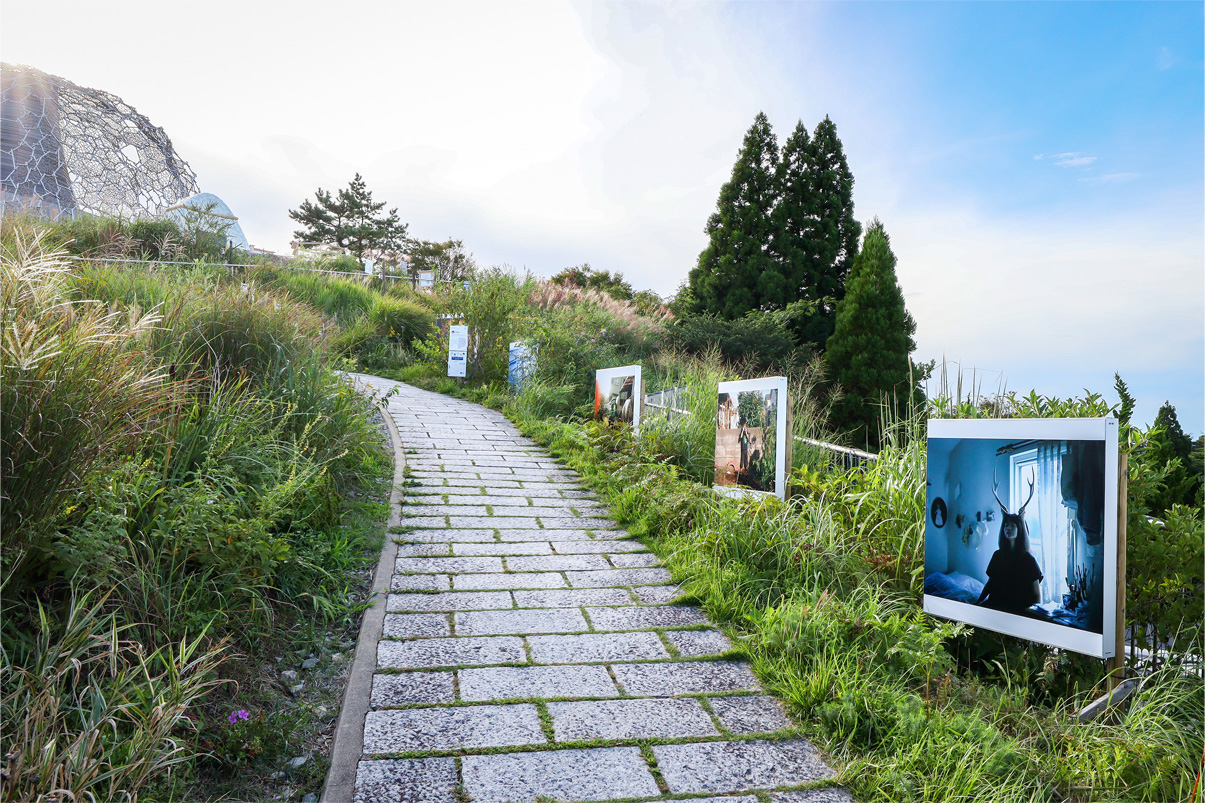 ©SHIDARE MUSEUM ©SHIDARE MUSEUM
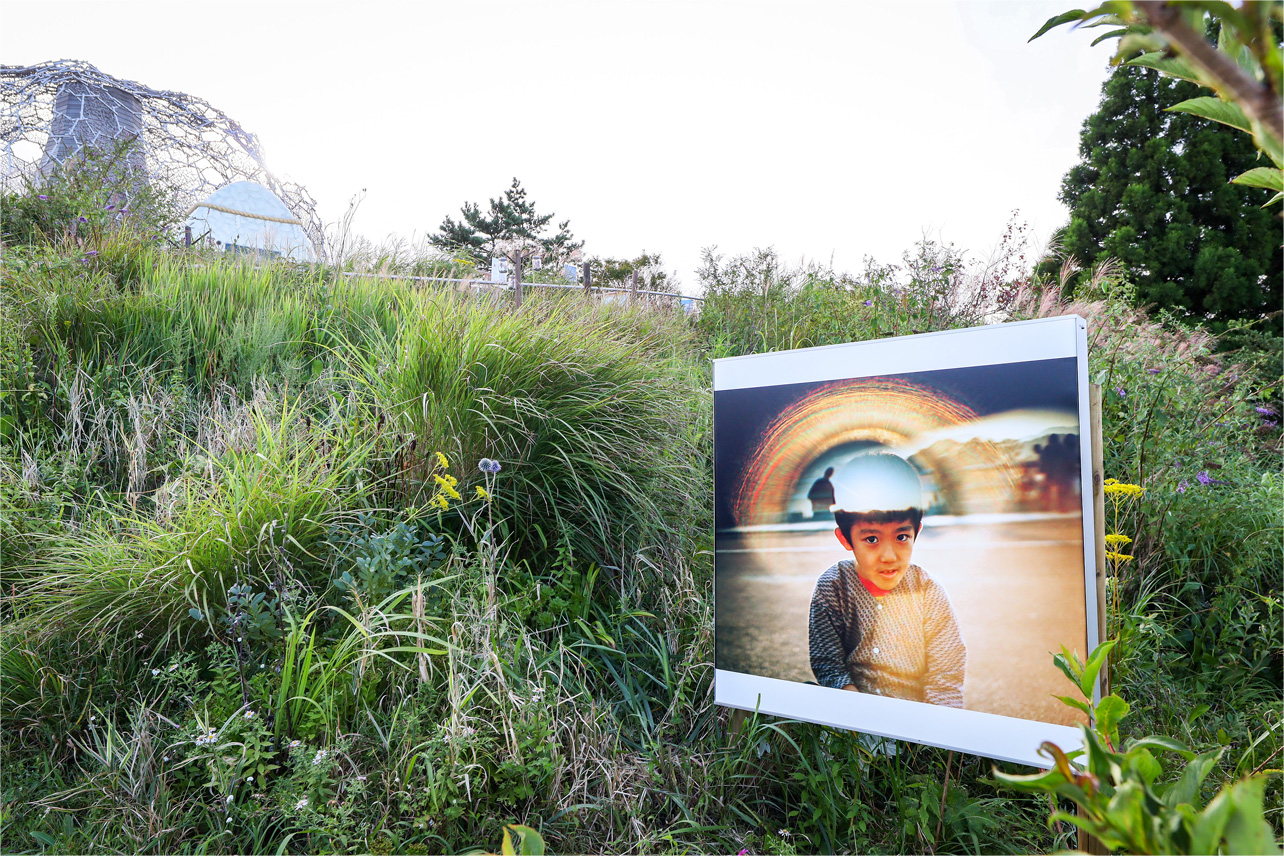 ©SHIDARE MUSEUM
©SHIDARE MUSEUM |
Artist Information
齋藤陽道 (Harumichi Saito)
1983年、東京都生まれ。2020年から熊本県在住。東京都立石神井ろう学校卒業。2010年、写真新世紀優秀賞。2014年、日本写真協会新人賞。2019年、『感動、』で木村伊兵衛写真賞最終候補。
主な著書に、『感動』『感動、』(赤々舎)、『宝箱』(ぴあ)、『写訳 春と修羅』『それでも それでも それでも』『育児まんが日記 せかいはことば』(ナナロク社)、『声めぐり』(晶文社)、『異なり記念日』(医学書院、第73回毎日出版文化賞企画部門受賞)など。
主な展示に、「宝箱」 ワタリウム美術館、東京(2013)、「5Rooms ー感覚を開く5つの個展」 神奈川県民ホールギャラリー(2016)、「REBORN ART FESTIVAL」 旧旅行代理店、宮城(2017)、「土耳古の光」 オン・サンデーズ、東京(2018)、「感動、」 東京都人権プラザ(2019)、「至近距離の宇宙 日本の新進作家 vol.16」東京都写真美術館(2019)、「絶対」 日本橋三越本店 本館6階 コンテンポラリーギャラリー(2020)、「存在。生。死。あわいの光。」 るんびにい美術館、花巻(2021)、「TOPコレクション セレンディピティ」 東京都写真美術館(2023)など。 「熊本日日新聞」、「週刊金曜日」、「暮しの手帖」、「母の友」に連載を持つ他、2020年には齋藤陽道に密着したドキュメンタリー映画「うたのはじまり」が劇場公開、Eテレ「おかあさんといっしょ」のエンディング曲「きんらきらぽん」の作詞を担当するなど、写真家、文筆家としてだけでなく、活動の幅を広げている。
Related Items
|
out of stock
|
|
(out of stock)
|
(out of stock)
|
(out of stock)
|
Posted at : 2019.12.13 16:36
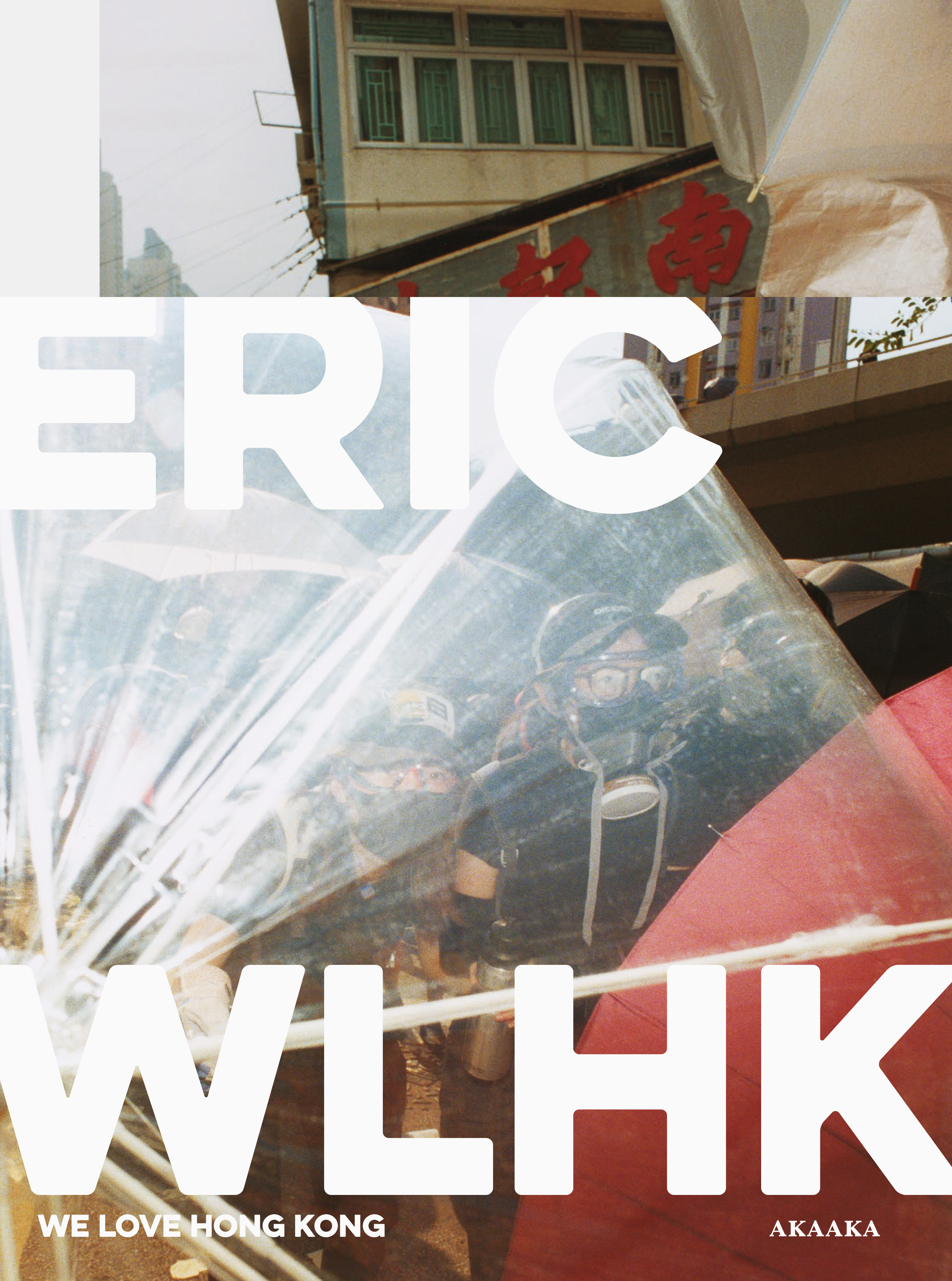
ERIC『WE LOVE HONG KONG』
アートディレクション:川名潤
発行:赤々舎 サイズ:284 mm × 210 mm ページ数:112 pages コデックス装
Published in December 2019 ISBN: 978-4-86541-110-2
|
¥ 2,800 +tax
送料、代引き手数料 無料!
|
About Book
非日常と日常の交錯を生きる。香港デモの肖像。
ERICは、2019年初夏から、香港のデモに参加する若者たちの姿を幾度となく撮影してきた。
香港はERICの生まれ故郷。以前から、そこに生きる人や街を撮りつづけ、今回の大きな転換点に出会った。
若者たちを、かつての自分の分身のように直感しつつも、レンズの向こう側にその姿を捉えてきた。
いつしかデモに参加したい衝動を抱き、彼らと共に歩きながら、その不屈の肖像をカメラに収めた。
レンズの向こうの若者たち。撮るという行為は、自ずと距離をもちながら、そこに融け合う身体も同時にあった。
揺らぐアイデンティティ。香港のアイデンティティを守るための闘いを、
香港を離れて久しく、アイデンティティが入り混じった人間として撮る。
日常と非日常が交錯し、スナップとポートレートが接続する。
香港を、今を生きる人の肖像が、この写真集に立ち上がった。
"香港が中国に返還された、1997年。僕は日本へ留学した。6人家族が暮らすには窮屈すぎる部屋。厳しい家計。なぜ僕はこの家に生まれたのか。......様々な不満が元となり、十代に入ってから始まった反抗期が長引いていた僕は、やりたいことも見つからず悶々とし た日々を過ごしていた。とにかくこの家から出たい。その漠然とした気持ちと対をなすように、当時、確かなものとしてあったのが、香港が中国に返還されるという事実だった。 無知な子どもながらに、返還後の香港が良い方向に向かうとは思い難かった。中国に返還される香港なんか見たくない。その思いに後押しされるかのように、僕は香港を離れることに決めた。その時、僕は19歳だった。日本へと旅立つ日。空港へ向かうバスの停留所まで、母が僕を見送ってくれた。そこで彼女は僕に二つのことを言った。「お金が尽きたら帰ってきなさい」。そして、「運命は自分の手の中にある」。それは、"手の平に刻まれた手相を握っているのは自分自身である。 だから人生は自分でコントロールできるんだ"という意味だ。その時の母の声は、それ以来ずっと僕の耳に鮮明に残っていて、失敗したり悩んだりした時にはその言葉が必ず頭をよぎる。(中略)
しかし彼らは気付いている。このままでは、かつて母が僕に言ったような"自分の手の中にある運命"だけではどうにもならないことを。だから人生を、命をかけて闘おうとしているのだ。身の危険を感じながらも、いろいろなことを犠牲にしてまでも、世界に向けて発信し続けようとしている。仲間が銃で撃たれようと、殴られようと、決して諦めたりはしない。その姿を近くで見ていると、カメラを置いて彼らと一緒にデモに参加したいという衝動にかられた。 そしていつの間にか、レンズの向こうの彼らの中に自然と溶け込んでいる自分がいることに気が付いた。(中略)
長い間香港に住んでいない僕は、真の意味での香港人にはもう戻ることはできないと思っている。そんな中途半端な人間が、自分の分身とも思える若者たちの中に入って写真を撮り、 催涙ガスを浴びることで、一瞬でも香港人の心を取り戻すことができた。 そう感じられる自分がいることが嬉しいし、その機会を与えてくれた彼らの存在に感謝している。 自分のアイデンティティを守るために闘い続ける彼らは、呆れるほどかっこいい。 君たちこそ、本当の香港人だ。
僕は香港で生まれたことを誇りに思う。 もし生まれ変わっても香港人でありたい。闘い続ける、彼らとともに。僕たちはどうしようもなく香港が好きなんだ。"
(あとがきより)
Posted at : 2019.12.06 16:40
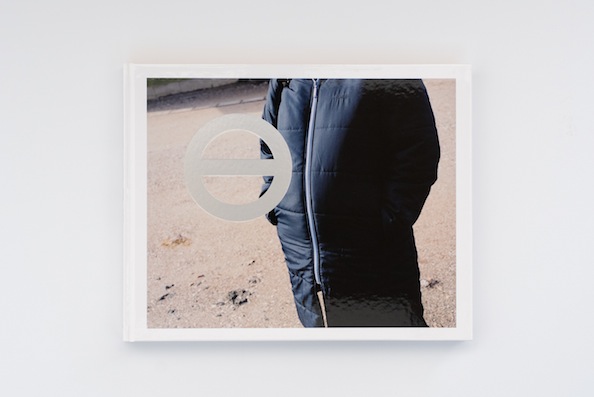
光景
川崎 祐
アートディレクション:寄藤文平+岡田和奈佳
発行:赤々舎 サイズ:223 mm × 283 mm ページ数:168 pages 上製本
Published in December 2019 ISBN: 978-4-86541-105-8
|
¥ 4,500 +tax
送料、代引き手数料 無料!
*
お支払い方法は、代金引換、銀行振込、郵便振替、 クレジットカード支払い、PayPal よりお選び頂けます。
|
About Book
抽象と記憶のあいだに── 写真に宿る痕跡感覚
この度、赤々舎では川崎祐『光景』を刊行しました。
『光景』において、川崎は、自身の家族と故郷である滋賀県長浜市の風景を撮影しています。
およそ6年の歳月をかけて撮影された『光景』において川崎は、
「家族写真」と「故郷写真」という手垢にまみれた被写体をモチーフにしながら、
それを逸脱させて、まったく新しい「家族写真」と「故郷写真」を創造することを試みています。
まず目に止まるのは独特な存在感を放つ家族の存在です。
異様なまでにクロースアップで撮影された家族の姿からは、
私たちがふつう「家族」という言葉から思い巡らせる関係性や距離感は失われています。
しかし、その過剰な「近さ」は、作者にとって自分自身の存在と不可分になってしまった
「家族」の持つ意味の大きさや不可知をまざまざと伝えます。
親密さや関係性という言葉によっては捉えようのない未知なる「家族」のイメージがここには映し出されています。
一方で、家族を写した写真の持つ「近さ」とは対照的にも見える故郷の風景。
親しさからもノスタルジーからも程遠い、いわば「郊外」的な景色は、
現代を生きる私たちの多くが束縛されている既知なる風景と言えます。
では、どこまでもありふれている「郊外」的な故郷をありのまま写すことによって
川崎が試みようとしたことは何なのでしょうか。
寄稿文「鈍さの持続に向かって」において作家の堀江敏幸は次のように書いています。
「風景は一人称を希釈しない。むしろ自分が色濃く出る。そして自分が捉えた被写体の視線が投射される。
それは一人称の眼であって、そうではない。枯れ草や雪の残ったはずれの景色、不安定な足場から見上げた木々の
こちらに、べつの目がある。 姉がいる。母がいる。では、父はその景色のなかにいるのか。
むしろ、父からはじかれたものが周囲にあり、はじかれた存在を見つめることによって、
逆にその姿が意識されるような場を用意したということなのだろう。
夫婦が並んでいる写真も家 族の集合写真もない。基本は単独で、組み合わせは姉が横に立つときだけだ。
笑みはあっても、固くこわばったものはほどけない。
若い頃は、こういう緊張感のなかで家族を演じるのがきつい。
はじかれている自分をはじいている側に立たせないと、周囲に飲まれてしまう。
『光景』に顕在化しているのは、なぜここへ戻って来たのか(犯罪者のように)、
なぜここに来ればなにかが変わるかもしれないと感じたのか(一番底まで落ちたひとのように)、
なぜそういう行動をしている自分を許容できているのか(すでにそんな状態は過ぎたとでもいうかのように)、
といったいくつもの問いであり、それらがどれも宙づりになったままあちこちに散っていく。」
どこまでも平凡な故郷の風景を、長い時間をかけて淡々と撮影すること。
むしろそうすることでしか、これまで弾かれ、
語られてこなかった人々−−女性や子どもといったマイノリティの者たち--の「痛み」は語り得ないことを川崎祐は知っていたのかもしれません。
劇的なことも、出来事も起こらない。それにもかかわらず、この写真集は、私たちが生きている「いま」の時代に起こりつづけていること、そして私たち自身の問題を鏡となって鮮やかに写し出します。
従来の「家族」と「故郷」のイメージを刷新する新しい写真集の誕生です。
Artist Information
川崎 祐(カワサキ ユウ)
1985年 滋賀県生まれ
2009年 早稲田大学 第一文学部日本文学専修 卒業
2013年 一橋大学大学院 言語社会研究科修士課程(アメリカ文学)修了
受賞歴:
2017年 第17回写真「1_WALL」グランプリ
個展:
2018年 第17回写真「1_WALL」グランプリ受賞者個展「Scenes」(ガーディアン・ガーデン/東京)
2019年 「小さな場所」(ギャラリーつつむ/滋賀)
グループ展:
2017年 第17回写真「1_WALL」展(ガーディアン・ガーデン/東京)
表示
Posted at : 2019.12.05 18:02

同級生
安森 信
一般発売日:2019年12月上旬
デザイン:シンボロン(fantas-inc)
発行:赤々舎 サイズ:297 mm × 210 mm ページ数:144 pages 並製本
Published in December 2019 ISBN: 978-4-86541-099-0
|
¥ 3,000 +tax
送料、代引き手数料 無料!
|
About Book
1977年度生まれの「同級生」100人。働く姿を撮る。
1977年生まれの写真家・安森信が、同じ年に生まれた「同級生」100名を撮影した。
僧侶、公務員、漁師、保育士、フルート奏者、飲食業、若女将......
様々な職業の同級生が、それぞれの仕事の現場でカメラと向き合う。
同じ距離、同じような100のポーズのなかに、立ち姿、手の重ね方、表情など、
わずかに浮かび上がってくる差異があり、その日々を滲ませる。
就活時期が<就職氷河期>に重なった自身の体験が、安森がこのシリーズを撮影するきっかけだったが、
時代を物語るキャラクターを抜けて、ひとりひとりの存在と日常を伝える抑制された肖像が生まれた。
巻末に100名へのアンケートを付す。
「安森と<同級生>一人一人とのセッションではなく、<同級生>100人のセッションによって、
各々浮かび上がってくるもの。これこそが、日々働き、生を営むなかで培われてきた
等身大の<同級生>であり、彼らの<なんでもない>輝きである。
そして、同時に、『同級生』には、<ヒュムノス>を歌う写真家が、
<ヒュムノス>を待つ写真家へと変成する様子が隠されている。
それはまた、101人目の<同級生>としての、安森自身の<なんでもない>輝きにほかならない。」
----河野通孝(山口県立美術館副館長)「ヒュムノスとしての写真」より
Artist Information
安森信(やすもり・まこと)
1977 年、山口県生まれ。
1999 年、日本写真映像専門学校 研究科卒業。
CATV 勤務を経て、2009 年、写真家として活動をはじめる。
2009 年 キヤノン写真新世紀優秀賞(荒木経惟 選)受賞。
https://yasumorimakoto.com
Makoto Yasumori
1977, born in Yamaguchi.
1999, graduated from Japan Institute of Photography And Film (Post Graduated Course).
After working at a cable television company for few years, became a freelance photographer in 2009.
2009, Canon New Cosmos of Photography Excellent Award (juried by Nobuyoshi Araki)
https://yasumorimakoto.com
Posted at : 2019.11.29 19:30
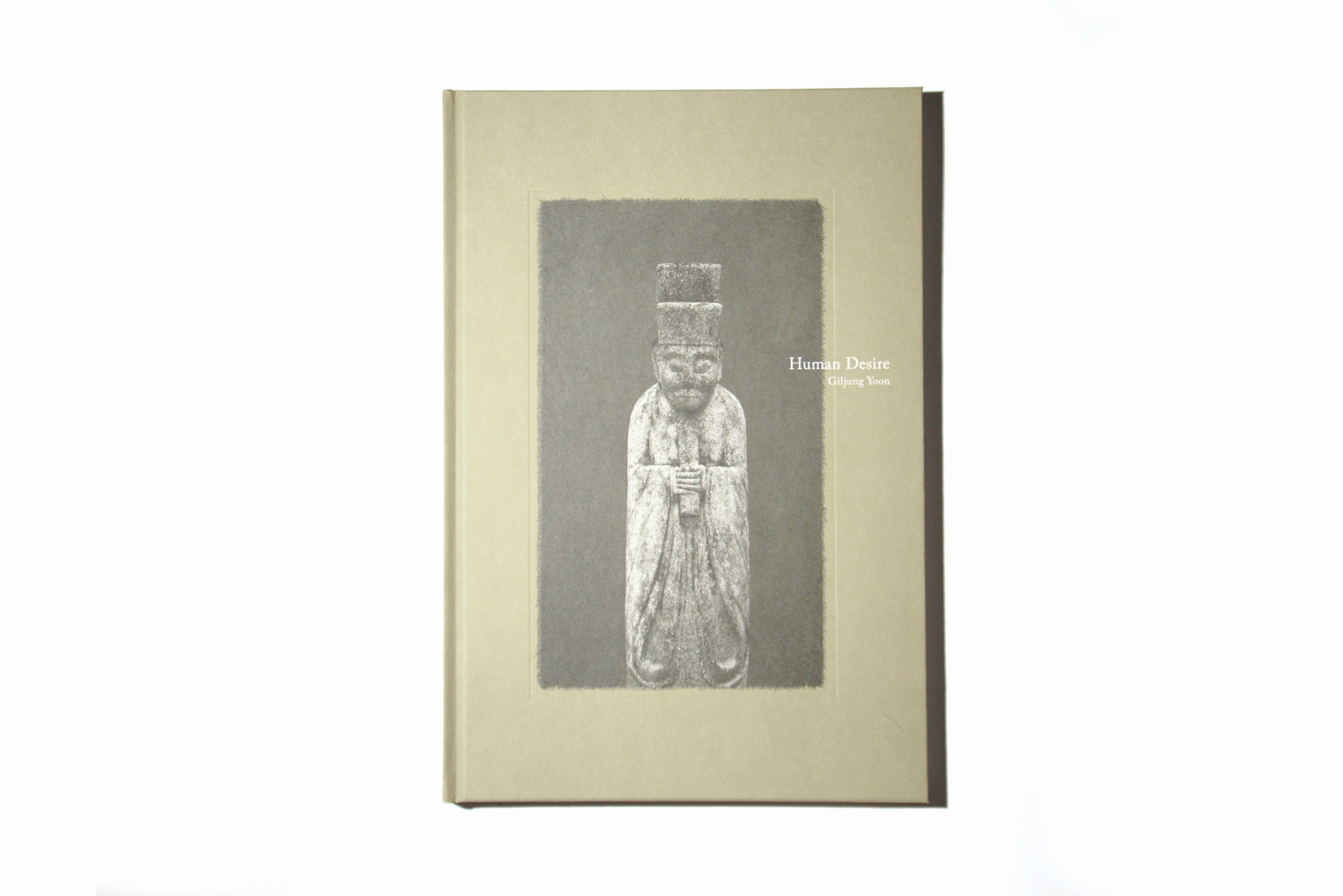
Giljung Yoon 『Human Desire』
アートディレクション:藤本 敏行(株式会社ライブアートブックス) 発行:赤々舎 サイズ:364mm × 257mm ページ数:88 pages 上製本
Published in October 2019. ISBN: 978-4-86541-103-4
|
¥ 5,000 +tax
送料、代引き手数料 無料!
|
About Book
石に刻まれた祈願。時間と願望の狭間に立ち現れる顔
ユン・ギルジュンは、韓国全土の様々な場所で、石像と石のトーテンポールを撮影するために、5年にわたり800カ所以上を訪れてきた。アーカイブのためというよりも、像の表情と形態を通して、先祖の生き方を少しでも見極めたかったという。
統一新羅時代から王の墓に建てられてきた定型化された姿の石像ではなく、朝鮮時代(1392年 ~ 1910年 )の管理職に当たる「士大夫」の墓を守る石像に、作家は目を向けてきた。当初から、石像が守る主人の身分や制作時期ではなく、その表情に魅了されたからだ。主人の身分によって階級が決められた石像の身分を超克するように、それらは全て同じようなサイズと背景でおさめられた。
ユンは、墓のそばで亡者を守護する石像が、永遠に生きたいという人間の「願望」を抱いていると解釈する。死者でありながら人間の不死の欲望を抱いて墓の外に立つ石像は、石の中でも特に硬い花崗岩を材質としている。その硬質さは彫像に大変手がかかるが、時間の無限性を願うには、最適な石でもあったのだろう。しかし、命を延ばす願いを持った石像もまた、長い間の風雪に少しずつ原型を崩され、削りとられていく運命にある。ユンは、時間と願望の狭間で語りかけてくるものが生起する瞬間に撮影を続けた。石の特異な表情の質感を具現するためには、自然の漆と薬剤でコーティングされた韓紙が印画紙として用いられた。願望が込められたひとつとして同じものがない石像は、呼吸する性質を持つ韓紙の印画紙によって、よく聞こえる固有の声として立ち現れ、その声は写真集にも印刷の方向性として引き継がれていった。
王や権力者たちの願望を吹き込んだのが石像であるならば、石のトーテンポールには、異なる人々の気持ちと願望が刻まれている。村と寺の入口で厄運を防ぐために立てられた石のトーテンポールは、民衆にとって自分たちを守護した土俗信仰の標識でもあった。大目玉をむきだし、怒りに満ちた鼻。微笑みを誘う面白い口。伝統的な美意識と秩序に対する民衆の抵抗とも感じ取れるトーテンポールの表情からは、支配層の宗教であった儒教によって弾圧され、疎外されていた民衆の苦しい現実から逃れたかった願望がどれほど大きかったかが想像される。トーテンポールの顔は民衆の自画像そのものでもあったのだ。
先祖の姿がどんなものだったのか─。東西、国に関わらず、誰もが興味をひかれることだろう。韓国の場合、朝鮮時代の後期に写真術が入って来たため、それ以前の時代の資料は全くないに等しい。伝えられてきた絵画や肖像画も多様な表情を読み取るにはもの足りない部分がある。しかし、ユン・ギルジュンの作品には時間を超越した創造が感じられる。その歳月が五百年であれ、千年であれ重要ではない。そこには簡単ではない人生になぐさめを与え、未来への希望を願った人々の思いがある。
韓国の伝統と人文学的な再解釈、そして芸術的な価値を持つ『Human Desire』は、時間の線の中に深く刻まれた「願望の物語」を静かに語っている。
Artist Information
Giljung Yoon(ユン・ギルジュン)
Born 1961 in Korea
Solo Exhibition
2018 <portrait of Buddha Hall>, Ryugaheon Gallery, Seoul Korea
2017 <A thousand impessions>, Index Gallery, Seoul Korea
2017 <Stone man>, Seohakdong Gallery, Jeonju Korea
2016 <The portraits of stone_man>, Gallery Sai, Seoul Korea
2015 <Traces of Memory>, Ryugaheon Gallery, Seoul Korea
2015 <Not beautiful, but Beautiful>, Seoul City Hall Design plaza, Seoul Korea
2014 <Picturesque-Poem/Picture>, Gallery Now, Seoul Korea
2013 <Dream of Yellow field>, Hyewha Station Gallery, Seoul Korea
Group Exhibition
2018 <Head On Photo Festival> Sydney, Australia
2017 <KIAF art Seoul 2017> COAX Hall, South Korea
2017 <Jeonju International Photo Festival>, Jeonjuhyanggyo, South Korea
2017 <Art Stage Singapore 2017>, Marina Expo Convention Center, Singapore
2016 <Artcube Festa>, Artcube136, South Korea
2016 <Brisas de Corea>, Geleria Saro Leon, Spain
2015 <Remembered Scene>, Space 291, South Korea
2014 <Seoul Hanji Cultural Festival>, Seoul City Hall Lobby, South Korea
2014 <Hanji Sum.Gyeol>, Ara Art Center, South Korea
2014 <Donggang International Photo Festival>, South Korea
2012 <I'm not an old man>, Jeongdong Gallery, South Korea
Publishing
2018 <portrait of Buddha Hall> (Ryugaheon)
2016 <Stone man> (IAAN books)
2015 <Traces of Memory> (IAAN books)
Posted at : 2019.10.01 10:52


